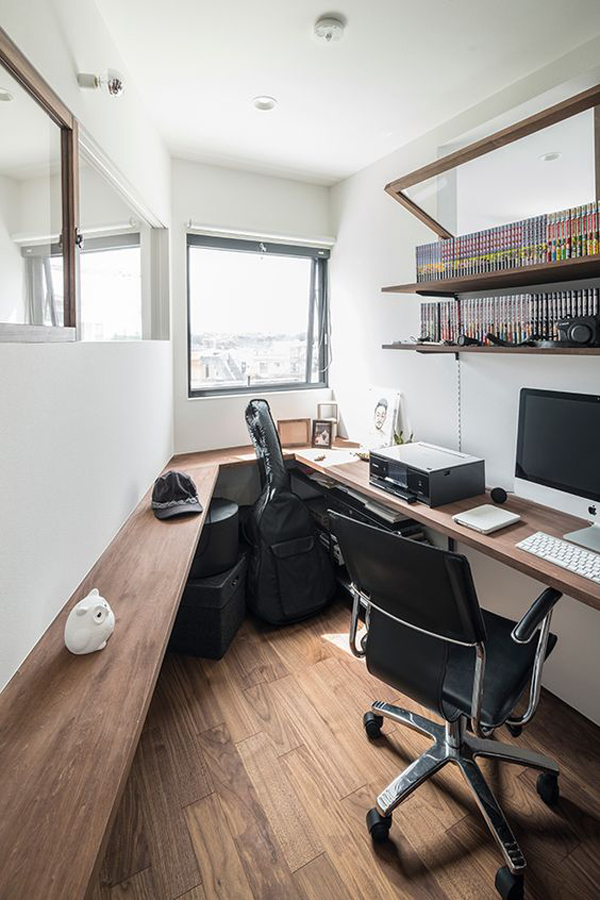Table of Content
This means that a silicon chip made with a silicon wafer would cost around two hundred dollars. It would have to be fabricated in a factory, which takes time and patience. A fabricated chip would be made using a silicon wafer. If a silicon wafer chip costs more than two hundred dollars, it is more expensive to build. The packaging of the dies includes a substrate and a heat spreader, and they take on the recognizable shape of a desktop CPU. Heat is transferred from the silicon by the heat spreader into the heatsink positioned on top of it.

But nonetheless, a great future awaits him if he can keep learning at this rate. Now in 2021 Zeloof has created his second computer, chip called the Z2. This chip is orders of magnitude greater than the Z1, with 1200 transistors on a single chip compared to just six on the Z1. First you need a mask, create a design in photoshop/paint and then from staples have 2 copies made of it. You need it double layered to fully block out the light in certain areas.
How to Make a Computer Chip at Home
During this process, the etched silicon is then exposed to a photoresist and subsequently baked again. The next step in the process is to develop the photoresist. If you thought building homemade computer chips was impossible, you would be wrong. Sam Zeloof has just made his second homemade silicon integrated circuit featuring 1200 transistors, by using the same techniques as Intel did with its first CPUs in the 1970s. Under some conditions, it conducts electricity; under others, it acts as an insulator. Silicon's electrical properties can be altered by the addition of impurities, a process called doping.

But much simpler solution is to use free ARM Cortex M0 or RISC-V design and a FPGA of some 500 Eur. Aaron Klotz is a freelance writer for Tom’s Hardware US, covering news topics related to computer hardware such as CPUs, and graphics cards. It would be nice to see a video/demo of all your steps, and a final working "wafer". We also need two chemical gloves which we will be able to use to interact with the materials inside safely.
Step 2: Purify to Obtain Silicon Ingot
Then, manufacturers apply copper ions to the transistor’s surface using a procedure called electroplating to create a layer of copper on top of the insulator. Only three copper deposits remain in the insulating layer holes after the extra copper has been cleaned away. Don't expect any of Zeloof's chips to land on our Best CPUs list anytime soon. But we can't wait to see what he manages to do after the Z2.
For comparison, Intel's 4004 CPU had 2200 transistors, while the Z2 has 1200 and is built on the same process. What took a whole company to do in the 1970s is now being done by a single person in his own home. Silicon is a gray color that changes with the amount of oxide grown.
How Are Computer Chips Made?
What you should end up having then is a flap on the inside of your container where you can open and close it as a door to your cleanroom. What is the difference between a silicon wafer CPU and an ordinary chip? The silicon nitride-based semiconductor is much cooler to operate and uses less power than the standard chip. However, the size and weight of a silicon wafer make the CPU much larger than the usual chip. The wafer requires a lot of power to operate properly, which has to be brought in through the silicon wafer and voltage regulators. Typical silicon wafer used in an integrated circuit before the substrate is removed from it's wafer carrier.
Unexposed areas are then etched away by hot gasses to reveal the silicon dioxide base below. The base and the silicon layer below are further etched to varying depths. There are few things in the world as simple as sand, and perhaps none as complex as computer chips. Microchips are created by layering interconnected patterns on a silicon wafer. From design to mass production, the microchip manufacturing process contains hundreds of processes and can take up to four months. A thin silicon layer is removed from the surface by applying reactive chemicals.
Step 2: Oxide Growth and Diffusion
Also due to limited budget the results are a whole lot larger then modern techniques and I followed a similar approach as did the early pioneers of transistors. This is to be assembled in a spare room or garage where it is dark. Building this should only be attempted if you have knowledge of semiconductor manufacturing and know the proper safety precautions. The electrical conductivity of certain parts of the chip can also be altered by doping them with chemicals under heat and pressure. The manufacturing process of semiconductors is complicated. Integrated circuits can contain hundreds of millions and even billions of transistors.
These characteristics make it an ideal material for making transistors, which are simple devices that amplify electrical signals. Transistors can also act as switches - on/off devices used in combination to represent the Boolean operators "and," "or" and "not." The first microchips contained one transistor, three resistors, and a capacitor.
Sometimes several layers of conductors, separated by glass insulators, are laid down. Doping is the process of bombarding the silicon wafer with ions to change its conductivity once the exposed photoresist has been wiped off. After washing off the leftover photoresist, a pattern of impacted and unaffected material is revealed. Following that cut an opening on the side for a hepa filter and fan, then silicone/hot glue them in.
Silicon wafers are the building blocks of computer chips and are an essential part of many modern devices. They are polished and refined before being exposed to a process known as photolithography. The silicon is covered with a layer of photoresist material and is exposed to a UV light mask in order to create the pattern of microprocessor circuits. During this process, the photoresist layer becomes soluble and is washed away by a solvent. The exposed photoresist is then stamped onto the silicon wafer with a hard material.
Just watch the video and realize that all the electronics that he used didn't exist either in the quality or ease of use. Even then, I didn't catch if the materials used were even known to exist with this latest build. Silicon and metal are the two main components of each computer chip. A processor is made up of numerous transistors found on each chip. On a single chip, there may be tens of millions of transistors. The Z2 is also much more efficient compared to Zeloof's first design.

No comments:
Post a Comment